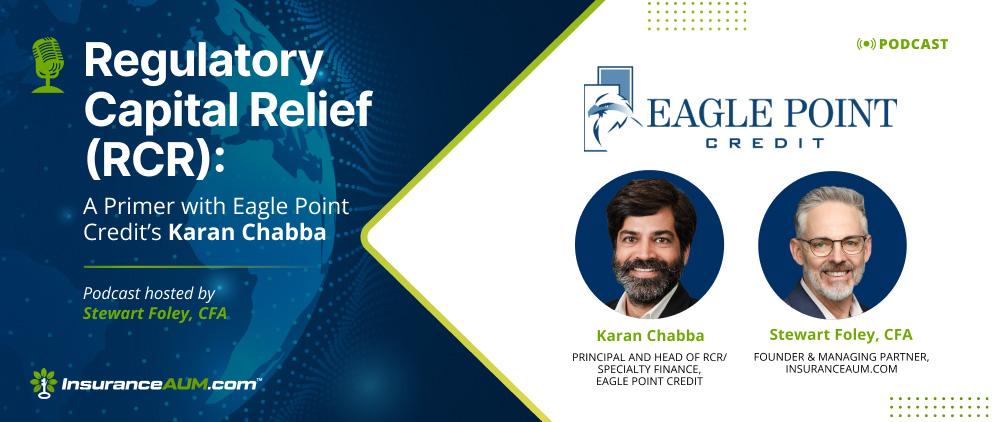Eagle Point Credit Management
Eagle Point Credit Management is a specialist investment manager focused on niche, income-oriented credit strategies. Founded by Thomas Majewski in partnership with Stone Point Capital in 2012, Eagle Point manages approximately $8.8 billion in AUM as of September 2023. Eagle Point is based in Greenwich, Connecticut, and employs approximately 70 professionals. Investment strategies pursued by the firm include collateralized loan obligations, portfolio debt securities and other opportunities across the credit universe.
We believe we are:
- The largest holder of CLO Equity in the world
- One of the largest holders of CLO BBs
- One of the largest non-bank lenders focused on providing financing solutions to credit funds
AUM as of September 30, 2023, includes committed but undrawn capital and assets managed by Eagle Point Credit Management LLC and certain of its affiliates.
Kyle McGrady
Senior Principal and Head of Client and Partner Solutions
kmcgrady@eaglepointcredit.com
(203) 340 8552
www.eaglepointcredit.com
600 Steamboat Road, Suite 202
Greenwich, CT 06830





